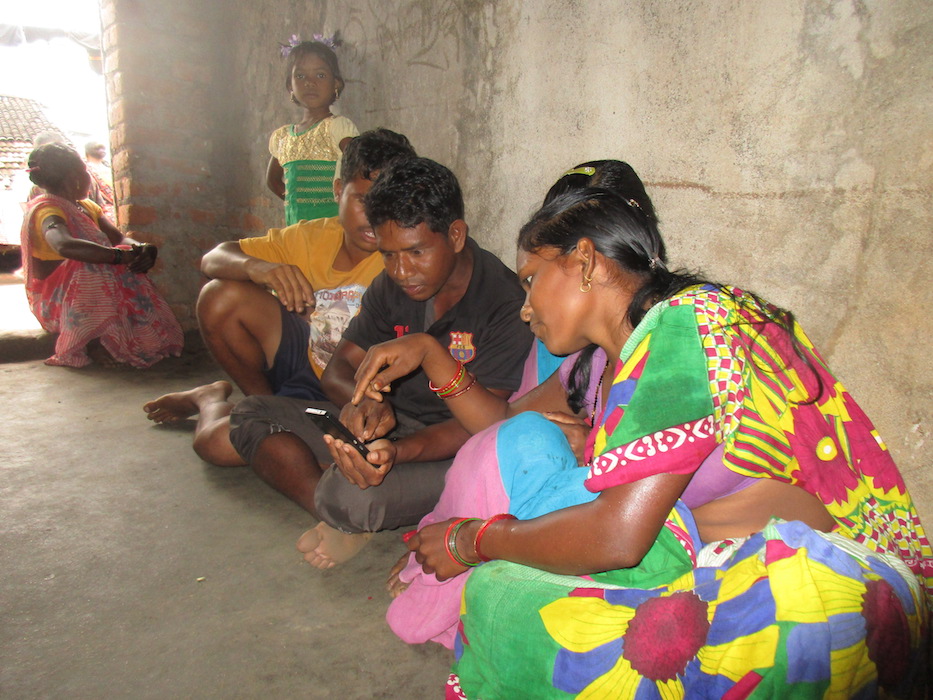Building a Tool to Help Marginal Farmers
With access to more, relevant data every year, the Konam Foundation saw an opportunity to help a vulnerable population in Odisha, India.
Client: Konam Foundation
Role: UX and Design Lead
Deliverables: Internal stakeholder interviews and findings, target audience survey and analysis, iterative design and testing, design guidelines, product roadmap, cleaned data set, data model.
Project Time Frame: August through December, 2017
background
In recent years, the stability of rural communities in the state of Odisha, India has been shaken by economic and social forces related to higher suicide rates amongst small farmers. Konam Foundation aims to offer assistance and tools to help marginalized farmers reach better outcomes. Generally speaking, this group faces challenges accessing (and trusting) educational outreach and training to better understand how to increase yields and improve financial standing as well as difficulty accessing information around profit and risk associated with certain crops.
While there are many ways to contribute to improvements in the lives of our target audience, our task was to leverage data to predict a valuable result so that farmers and aid workers would be able to make informed planning decisions. Ultimately, the focus of the work during this project was to both conduct audience research that would direct the design of the product and design a data model that would produce the desired results.
A group of farmers in Nayagarh, Odisha evaluate an early version of the app's user interface.
The solution
The tool that we developed during the course of this project is meant to deliver an actionable prediction based on individuals crop and financial information. This prediction will empower farmers to achieve sustainable financial independence, which includes paying off existing loans and in the long-term, overall financial stability, self-sustainability, and removing dependency on loans.
We conducted audience research in the form of interviews and a survey as well as iterative design and prototyping to define user needs. We also acquired and cleaned data for the models we would build and tested relevant data model algorithms to inform our model design.
Below I've included a few screens from the English version of web app prototype that users can enter individual data points to receive personalized profit prediction results. You can also see a click through prototype in Odiya, here, and the style guide here.
An individual farmer reviews the web app, providing feedback on an early version of the design.
next steps
The version of the product that we developed focuses on the profit prediction, but eventually, as more data is available and included as features in the data model, we envision the output of the model to be a plan or detailed recommendation set for farmers to optimize their crop selection based on individual factors such as location, farm size, and finances.





